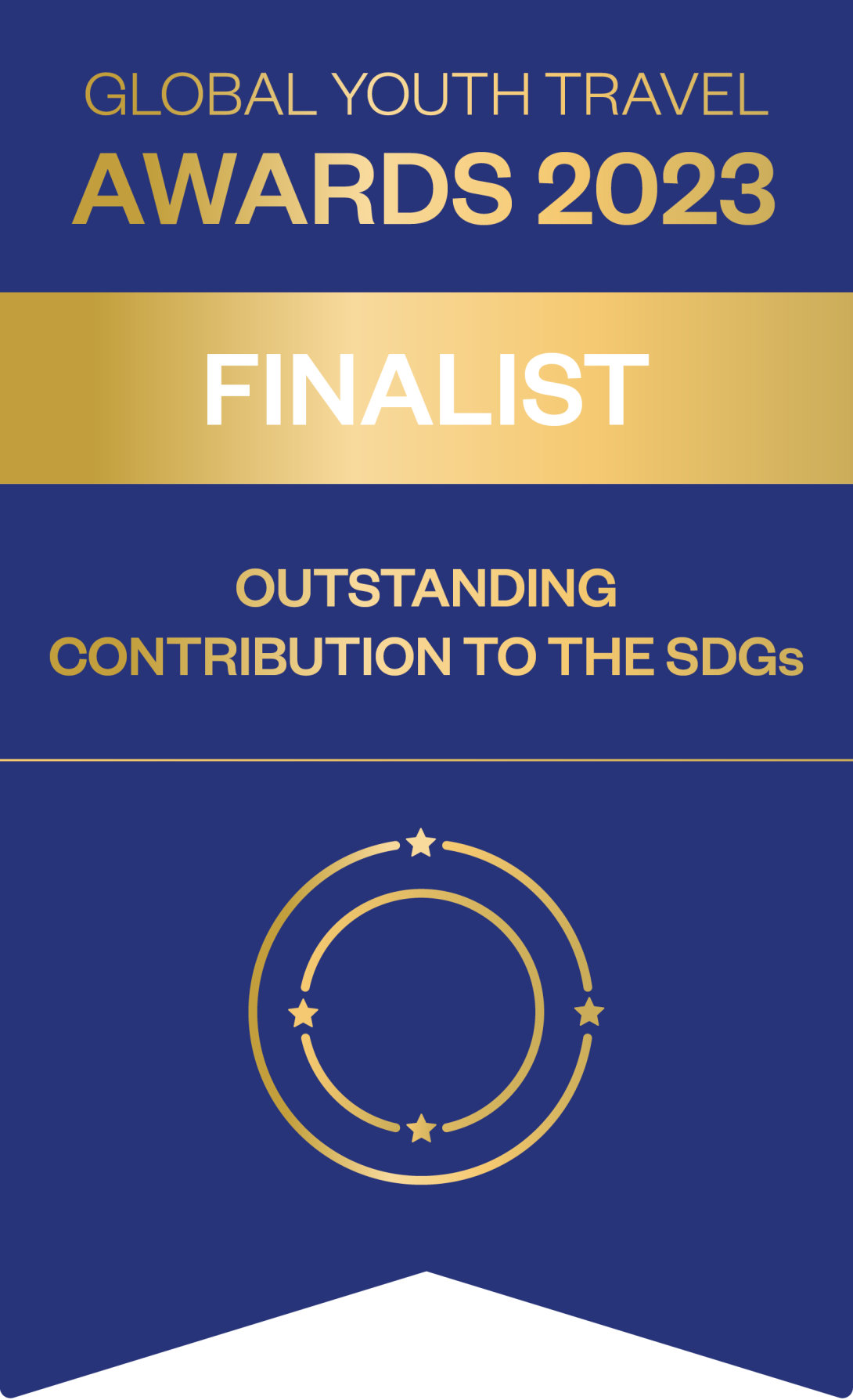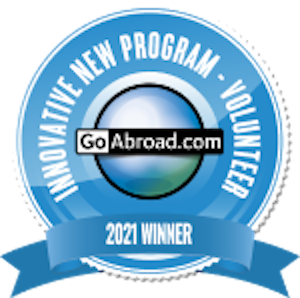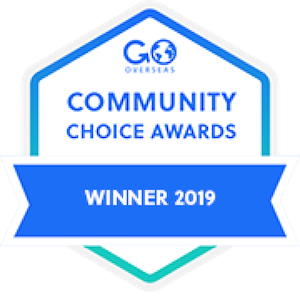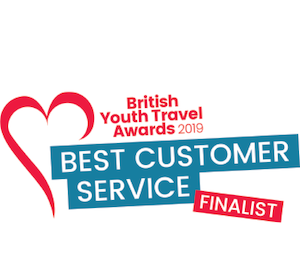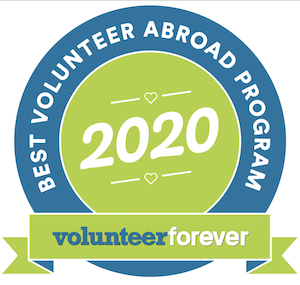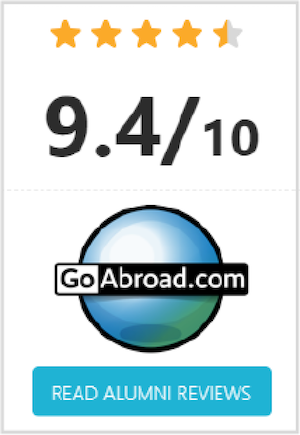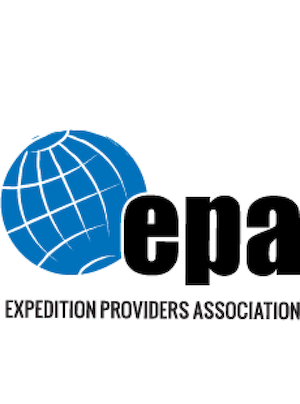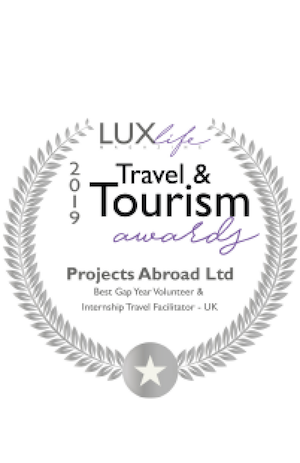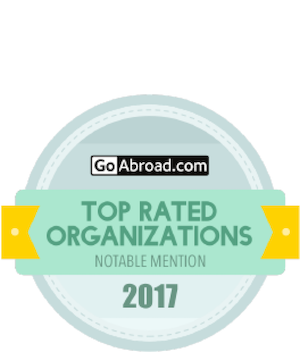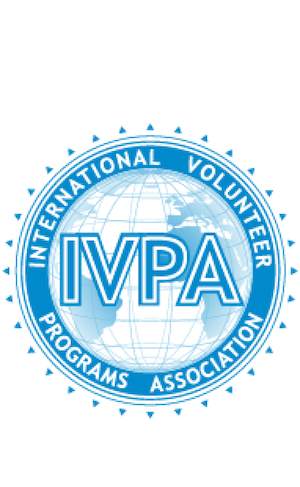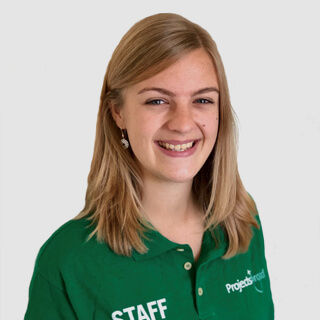Visiting Africa was a dream of mine for my whole life. I remember watching nature documentaries as a child and being enchanted by the variety of animals and habitats in the world. Reading books set in Africa also contributed to this desire. When I was wondering what I was going to do during the last summer before I started a five year, no vacation, engineering degree and stumbled across an advert from Projects Abroad, I knew immediately that this would be the right way to spend my remaining free time.
So there I was two months later, saying goodbye to my family before entering the first of three planes that would bring me halfway around the world to Nairobi. Choosing Kenya over other African destinations was easy; to me it was the epitome of the African experience.
Arriving in Kenya
Sam, the Projects Abroad staff member responsible for picking you up at the airport and getting you to Kigio (Kigio Wildlife Conservancy, where I worked on the Conservation project), was easy to spot by his Projects Abroad sign. I arrived in the evening, so I was taken to a guest house to sleep. As soon as I arrived I crawled into the bed and slept to try to conquer the jet lag that was taking a hold of me.
The next day I was taken to Kigio and got my first real taste of Kenya. Seeing the streets and crowds of downtown Nairobi from the back of a matatu (a local form of taxi that is basically a large van) was quite an experience and a little bit overwhelming for somebody from suburban Canada. It was new for me to see so many people moving about in one place.
There was so much to see and hear that it was very hard to take it all in at once on that first day. Sam was pointing things out to me, but there was already so much to take in that I could barely listen to what he was saying! During the two hour drive to Kigio, there were some amazing views of the Kenyan landscape, and of the way people live in rural Kenya.
My Conservation Project
As we drove into Kigio I was greeted by herds of impala, groups of warthogs and Thompson’s gazelles, all of which we saw daily while we worked. When I arrived at the camp, I was greeted by the other volunteers, a few of the rangers, and Tonny, our supervisor. Bert, who was two months into his three month project, showed me around the camp and made sure I was settled in the room.
That afternoon we played volleyball, which I soon found out was a weekly activity every Wednesday. The other volunteers were planning a trip to the Kakamega rainforest that weekend, and they had enough space left in the matatu that they had hired for me to come along.
In the rainforest we saw a variety of monkeys, trees and birds. A few weekends later we rented bikes in Hell’s Gate National Park, and saw some interesting geological formations. A tip for future volunteers: Rent the bike at the gate of the park, once you have bought the ticket, in the semi-official looking garage that is part of the Kenya Wildlife Service building.
Daily Routine
Our days working at Kigio were normally split into a morning and afternoon shift. There were a variety of different jobs and we rotated through them to make sure everyone got to try everything, and nobody got bored of having to repeat a single task too many times. My favourite job, and a general favourite with the other volunteers, was the giraffe survey. On Kigio there were twenty-six Rothschild’s giraffes, all of whom were named and identifiable by the pattern of the spots on their necks.
During giraffe survey, one of the rangers, Muchiri, drives the jeep throughout the conservancy while we look for giraffes. Once we find one, or a group, we stop and use cameras, binoculars, and the identification book with their names and pictures to identify them. We record data about their location and activities, and then move on. The goal was to find all of the giraffes, but the most we found in one day while I was there was twenty-five.
The best day of the week was Thursday. There is a very good reason for this; Thursday was chapatti day. Chapatti is a traditional Kenyan dish which is similar to naan bread, but generally thinner and more delicious. It was served with lentils and was the absolute best meal that Karaoke, our cook, prepared. There was always plenty for everyone, and it was not uncommon for individuals to consume more than twenty pieces on their own.
After we were all stuffed, we would play cards or board games, have a campfire outside, or watch TV. The stars were brilliant, and completely foreign to me, because Kenya is almost in the southern hemisphere. Watching the stars by the fire and listening to the hyenas laugh was a surreal experience, and allowed me to feel like I was really in the wild - that was a great feeling.
Other Activities
On one of my last weekends, I travelled to the Masai Mara Game Reserve with a group of volunteers. This was our chance to go on a true tourist safari. We saw every animal you can think of!
One of the most rewarding experiences I had was on my second last day of work. A group of primary school children were touring the conservancy, and Tonny asked me and three other volunteers to give them a short presentation about nature and what we were doing at Kigio to conserve wildlife, and what they could do at home. The kids were adorable and listened intently –they loved looking at the I.D. pictures of the giraffes and playing with the set of binoculars that we brought for them to see. Seeing how excited they were about everything really helped me to gain perspective on the work we were doing and feel good about what we had accomplished.
All in all, my trip was everything I expected it to be. Working outdoors in the middle of Africa was a great experience, and I also had many opportunities to see the rest of the country on the weekends, by making trips to town and visiting other landmarks like the rainforest and the Masai Mara Game Reserve. The experience was both rewarding and relaxing, and really helped me refuel for another year of study. I met a lot of great people there, and hope to return to Kenya in a few years as a professional to volunteer again.
One of the amazing things about being at Kigio was that you became more than a spectator. You were able to play an active role in what was going on, and explore on foot, rather than being confined to a vehicle as you would on safari.

Are you interested in joining this project?
If so, one of our experts can help.
Contact Us on:
This is a personal account of one volunteer’s experience on the project and is a snapshot in time. Your experience may be different, as our projects are constantly adapting to local needs and building on accomplishments. Seasonal weather changes can also have a big impact. To find out more about what you can expect from this project we encourage you to speak to one of our friendly staff.
Our accreditations


